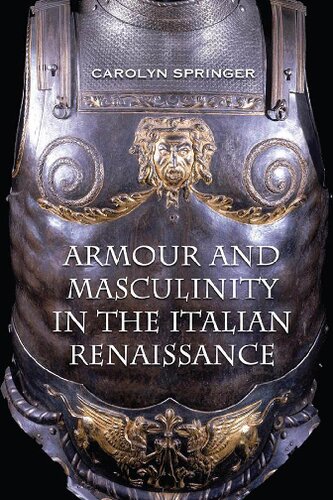

Most ebook files are in PDF format, so you can easily read them using various software such as Foxit Reader or directly on the Google Chrome browser.
Some ebook files are released by publishers in other formats such as .awz, .mobi, .epub, .fb2, etc. You may need to install specific software to read these formats on mobile/PC, such as Calibre.
Please read the tutorial at this link: https://ebookbell.com/faq
We offer FREE conversion to the popular formats you request; however, this may take some time. Therefore, right after payment, please email us, and we will try to provide the service as quickly as possible.
For some exceptional file formats or broken links (if any), please refrain from opening any disputes. Instead, email us first, and we will try to assist within a maximum of 6 hours.
EbookBell Team

4.7
96 reviewsDuring the Italian Wars of 1494 to 1559, with innovations in military technology and tactics, armour began to disappear from the battlefield. Yet as field armour was retired, parade and ceremonial armour grew increasingly flamboyant. Displaced from its utilitarian function of defense but retained for symbolic uses, armour evolved in a new direction as a medium of artistic expression.
Luxury armour became a chief accessory in the performance of elite male identity, coded with messages regarding the owner's social status, genealogy, and political alliances. Carolyn Springer decodes Renaissance armour as three-dimensional portraits through the case studies of three patrons of luxury armourers, Guidobaldo II della Rovere (1514-75), Charles V Habsburg (1500-58 and Holy Roman Emperor from 1519-56), and Cosimo I de'Medici (1519-74). A fascinating exposition of male self-representation, Armour and Masculinity in the Italian Renaissance explores the significance of armour in early modern Italy as both cultural artefact and symbolic form.